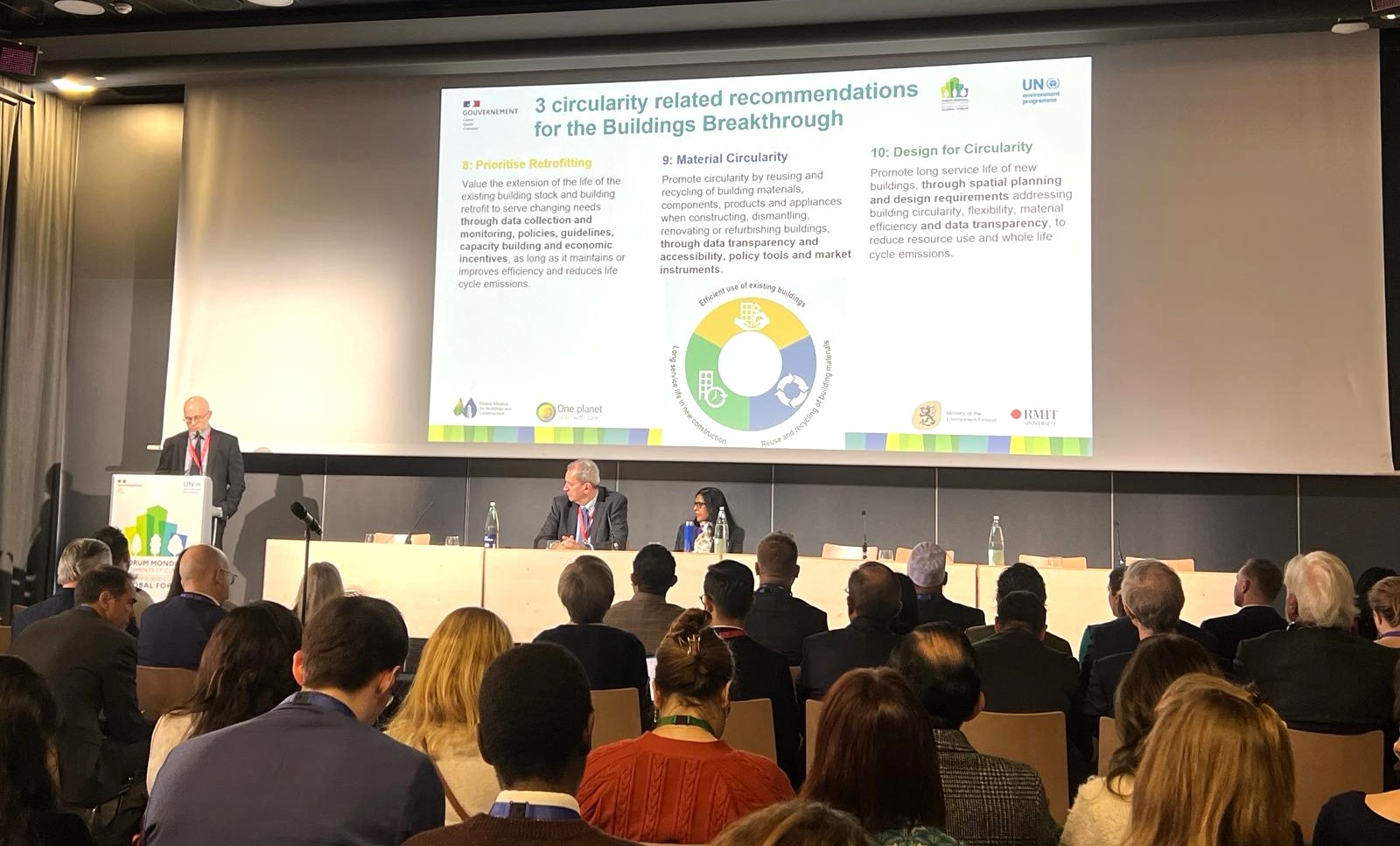Policy brief: The generation of food waste and food loss in the Estonian food supply chain
This policy brief summarizes the results of the study of food waste and food loss in Estonia’s food supply chain during 2020–2021. It provides some key recommendations for the prevention and reduction of food waste and food loss.
The study examined all stages of the food supply chain, which included households, catering establishments, food trade companies, the food industry and primary production (agriculture and fish farming). The study estimated the amount of food waste and food loss generated in each supply chain stage and analysed the causes.
Some of the key findings of the study are:
Approximately 167 000 tonnes of food waste are generated in Estonia each year — that is, 127kg of food waste per capita per year in Estonia in the entire food supply chain. Almost half (48%) of the food waste is generated in households, 19% in the food industry, 14% in primary production, 12% in retail and 7% in the catering sector.
Food loss (i.e., edible food that becomes waste or so-called avoidable food waste) constitutes half of Estonia’s food waste (50%) or about 84 000 tonnes per year. The estimated total value of food wasted in the whole food supply chain is €164 million per year. Households generate the largest share of food loss (41%), and the food industry the lowest (4%).
The study provided an up-to-date overview of the proportion and material composition of food waste, both throughout and at different stages of the food supply chain. It examined all stages of the food supply chain, which included households, catering establishments, food trade companies, the food industry and primary production (agriculture and fish farming).
The study estimated the amount of food waste and food loss generated in each supply chain stage and analysed the causes.
Key messages
• Approximately 167 000 tonnes of food waste are generated in Estonia each year — that is, 127kg of annual food waste per capita in the country’s entire food supply chain.
• Food loss, or so-called avoidable food waste, constitutes half of the total food waste (50%) or about 84 000 tonnes per year. The estimated total value of food loss in the whole food supply chain is €164 million per year.
• Households generate almost half of the total food waste in Estonia — that is, 81 000 tonnes of food waste annually, of which approximately 42% (34 000 tonnes) is food loss or avoidable food waste.The main reason households threw away food was that it had become spoiled (49%). Other reasons cited for avoidable food loss included food being stored for too long (15%) or expiring (11%). Less avoidable food loss occurred due to too much being prepared (6%), people no longer liking the food (6%), or plate leftovers (5%).
• The amount of food waste generated in food stores every year has significantly increased as approximately 20 000 tonnes of unsold food products are wasted in Estonia’s food stores collectively. The main reason for food waste generation in stores is inadequate sales planning and forecasting, which means that products exceed their shelf life due to too large orders. Also, consumers' purchasing and consumption behaviour (i.e., how much they buy and which products they choose) plays a significant role. Other reasons include food quality requirements (especially for the shape and size of fruits and vegetables), high food prices, the inability of employees to display food in shops correctly, and food safety and hygiene requirements (e.g., for ready-to-eat food).
• The results show the catering sector generates approximately 11 000 tonnes of food waste per year, of which 75% is generated in catering companies (restaurants, cafés, pubs/bars, canteens, etc.), 22% in school and kindergarten canteens and 3% in hospitals.Avoidable food waste generated in the serving, consumption, and storage phases can be considered food loss, which makes up 74% of all food waste. The main reason for food loss was plate leftovers (approximately 53% of food waste). The second reason was leftovers of unserved food. The study showed that spoiled food constitutes a relatively small amount of food waste in the catering sector.
• Primary production is responsible for 14% of total food waste or approximately 24 000 tonnes annually, of which 82% is food loss.
• Food waste from the food processing industry constitutes 19% of total food waste (approximately 32 000 tonnes annually), of which food loss comprises only 10%.The highest share of food waste is generated by fruit and vegetable processing (52%), meat processing (13%) and grain processing (9%). The percentage for other sectors is smaller. Compared to other sectors, the fish processing industry generates the least food waste. There are various causes of food waste in the food industry. Reasons highlighted included defective products, quality assurance of the finished product, poor quality of raw materials, requirements and sales strategies of distributors, food safety and hygiene requirements, food transport and product development.
Recommendations
For the prevention and reduction of food waste and food loss, policymakers should:
- Create strategies and set political targets for food waste prevention and reduction at the state level;
- Contribute to the further development of monitoring and measuring methodologies, especially accounting of animal by-products;
- Promote food donation and support Food Bank and other similar organisations;
- Increase motivation to donate food beyond the retail sector, particularly in the food industry, catering sector, and primary production;
- Promote the prevention and reduction of food waste and support valorisation opportunities in food processing industries and the primary production sector;
- Promote and support the recycling of food waste (e.g., composting); and • support awareness-raising activities.

